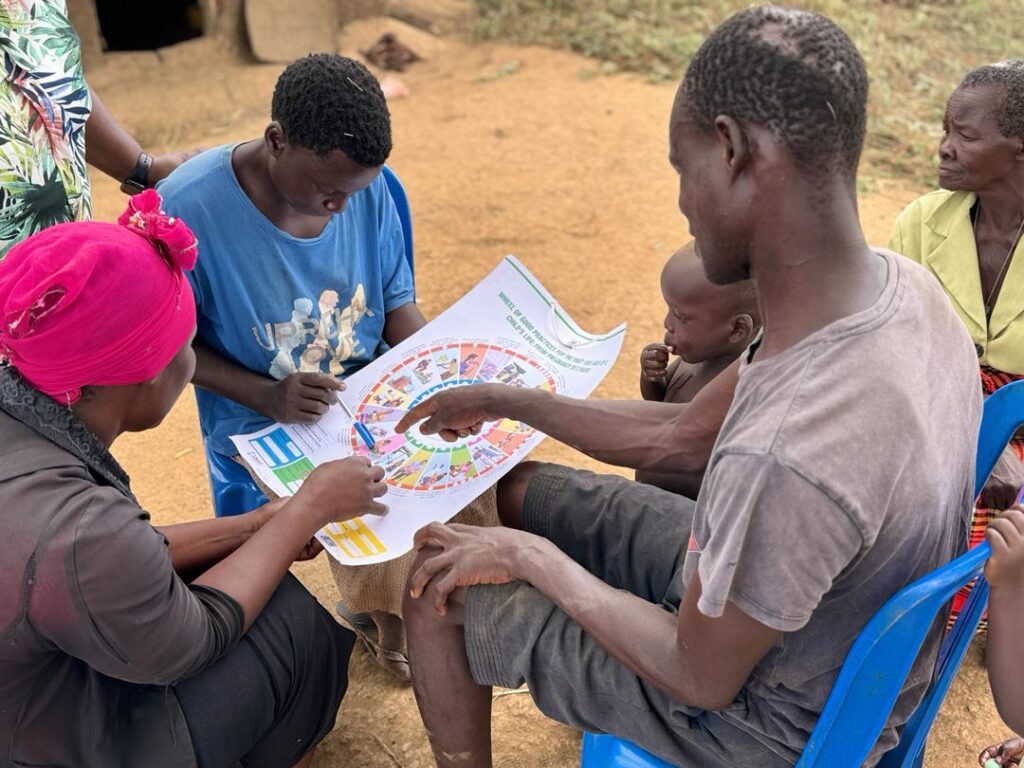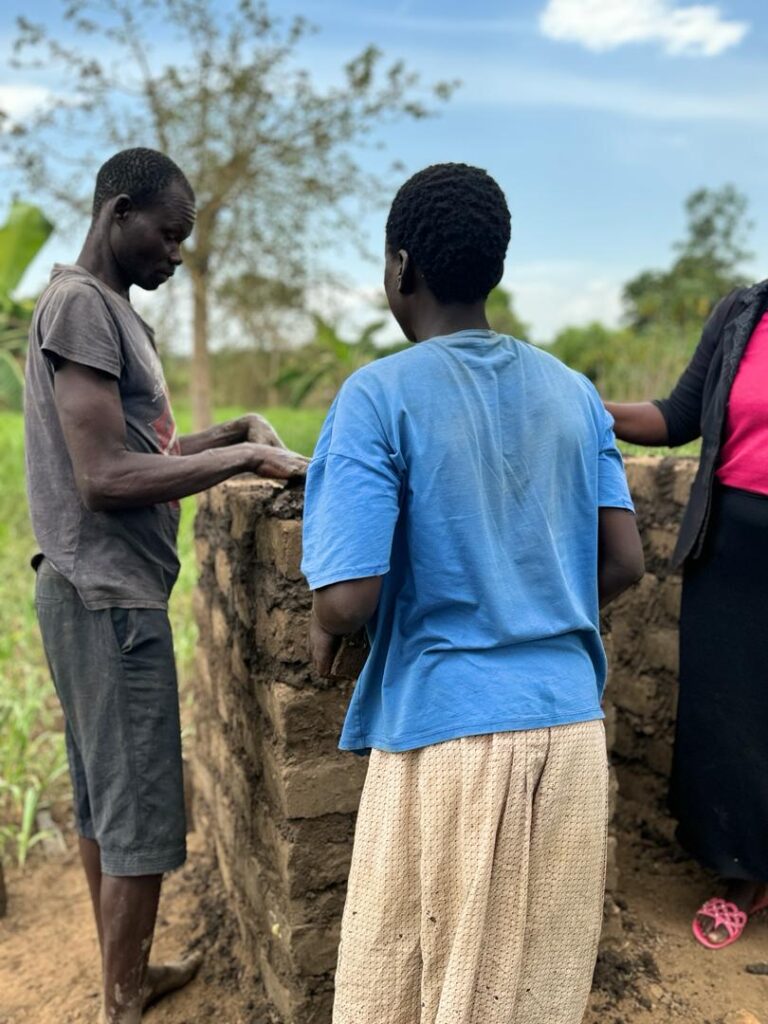Overcoming Gender and Social Inclusion Barriers to Achieve a Malaria-Free Uganda
By Joyce Draru, WI-HER Gender and Youth Advisor

Although Uganda has made significant progress in reducing malaria transmission from a 42% prevalence rate in 2009 to 9% in 2018, the country still faced the third-highest global burden of malaria in 2021, according to the WHO. Between 2020 and 2021, the estimated number of malaria cases remained stable at 284 per 1,000 of the population at risk, while deaths decreased by 6.1% from 0.46 to 0.43 per 1,000 at risk, as reported by the District Health Information System.
The entire Ugandan population faces various levels of malaria risk, with the most vulnerable groups including pregnant women, children under five years, inmates, and displaced persons. These groups often encounter socio-economic barriers to accessing malaria prevention and treatment services.
The Ministry of Health’s (MOH) National Plan for Achieving Equity in Access to HIV, Tuberculosis (TB), and Malaria Services in Uganda (2020-2024) is a comprehensive framework that aims to ensure equitable access to health services. The plan’s overarching goal is a “malaria-free Uganda by protecting human rights, achieving gender equality, and improving health equity for all Ugandans in all their diversity – leaving no one behind.”
To effectively support the National Plan, applying a gender equity and social inclusion (GESI) lens is crucial. WI-HER’s social and behavior change (SBC) strategies focus on educating and enhancing the capacity of individuals and communities to adopt behaviors that prevent malaria. We use locally relevant methods to identify key exposures and predisposing factors and actively engage households in discussions about effective malaria prevention practices. Some best practices for implementing these strategies include:
1. Identifying and Engaging Community Influencers: We work to understand why certain individuals are not accessing or utilizing malaria prevention and treatment services. By identifying these barriers, we can then engage community influencers to design and apply targeted local solutions to address the barriers effectively.
2. Mapping Out Vulnerable Households: We prioritize identifying households that are most vulnerable to malaria. This mapping allows us to determine the most effective ways to reach these households and ensure no one is left behind.
3. Tailoring Health Education: Understanding the critical role of health education is essential to reaching the most vulnerable populations. We work to ensure that our messaging is tailored and targeted to meet the unique needs of different audiences.

By engaging directly with households to gain a deeper understanding of their specific challenges, WI-HER typically equips SBC teams—composed of community influencers—to co-design solutions tailored to the unique needs of each family and community.
For example, in a recent SBC initiative led by WI-HER, our team worked closely with a mother, whose spouse has disabilities, and her family, including a five-year-old child with sickle cell disease and three-year-old twins who were malnourished at the beginning of the intervention. Through targeted supportive counseling sessions, the SBC teams guide the family on effective strategies to mitigate malaria risk, including removing nearby vegetation that could harbor mosquitoes; proper usage of mosquito nets; and adherence to the full course of antimalarial medications.
The intervention extended to 30 other households in the community, with the SBC team employing an approach that included education on environmental management and health practices. This community-led effort proved highly successful, with families reporting no incidents of malaria for six months following the interventions.
Conclusion
Achieving zero malaria in Uganda requires a collective effort, involving policymakers, government entities at all levels, implementing partners, healthcare teams, and communities. By engaging all stakeholders and focusing on high-level strategic SBC activities, we can build resilient and healthy communities capable of sustaining malaria-free environments. This commitment to social and behavior change is essential to supporting the National Plan to protect human rights, achieve gender equality, and ensure health equity for all Ugandans.